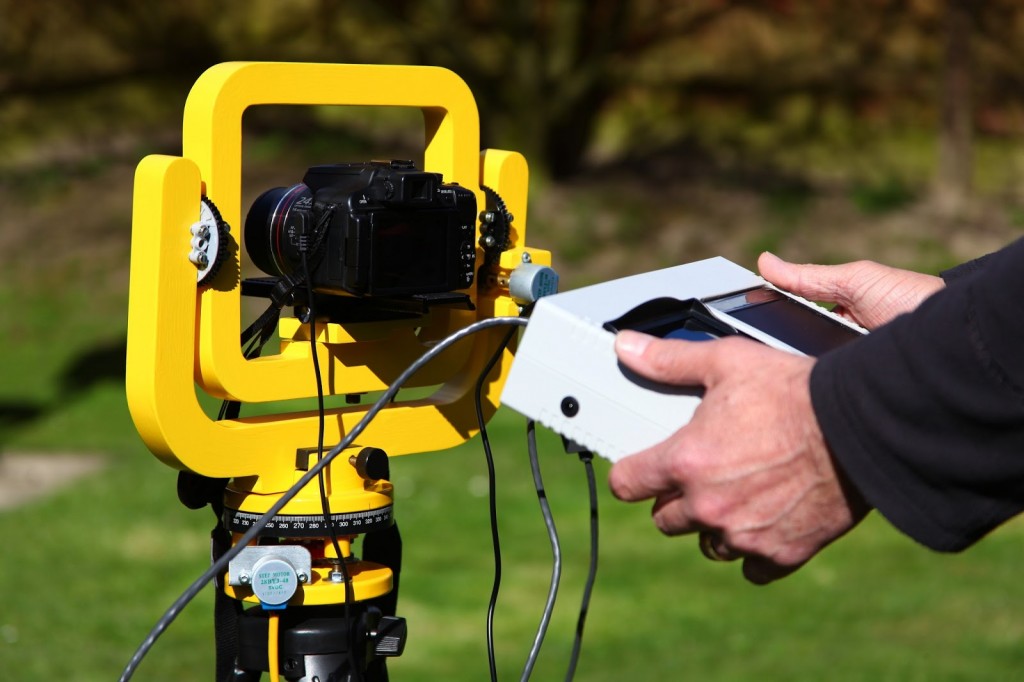| Recently we have seen an increase in requests for more information and training on user assistance. Rest assured, you have been heard! We completely revamped the User Assistance (formerly Patron Assistance) training course with a new, simple 'scenario, explanation and solution' approach. There is something for everyone, whether your role happens to be in Information Services, Training & Outreach or Support & IT.
The course is divided into different user assistance scenarios: universal, those that occur on a desktop/laptop, those that occur with mobile devices and additional support tips. Each issue is clearly explained with screenshots (when applicable) and the steps necessary to get it resolved. Many of the resolutions contain links to articles on OverDrive Help, and you'll be able to click on them if you view them and/or save a copy from the Learning Center.
You can watch a recorded version of User Assistance at any time On Demand, or contact your Account Specialist to schedule a live session. Feedback on the updated training has been fantastic thus far, so our hopes are high that you'll find it helpful. For even more troubleshooting tips, view the Top 10 Support Solutions as well from the Learning Center.
As a preview, here’s a screenshot of what you can expect to learn:
Beau Livengood is a Training Specialist at OverDrive |
A Semi-automated Technology Roundup Provided by Linebaugh Public Library IT Staff | techblog.linebaugh.org
Wednesday, May 8, 2013
New User Assistance Training Makes Troubleshooting Easy
Troubleshooting: so easy a ten-year-old can do it
| The ten-year-old in question is Jessica, Gordon’s daughter, who dropped into the office last week to give us a hand testing some Raspberry Pis that customers had sent back to the manufacturers as “faulty”. Whenever this happens, the Pis are passed on to us or to the Sony factory in Wales where the Pis are built, and we test them to find out what’s going on and to ensure that there isn’t a bug in manufacturing. At the moment, we see returns in the order of about 0.02% of all units (the ones Jessica is working on are on the right of her desk). The factory processes are always being refined, and we hope to see this number come down even further as all of our production transitions to the UK. As usually happens when we troubleshoot returns, though, we found that around half of Jessica’s Pis weren’t faulty at all. We can’t emphasise this enough: before you decide you’ve got a broken unit, check out the troubleshooting forum and the wiki. If your Pi doesn’t work, the first check you should make is that the power supply you’re using is a branded, reliable 5v supply. Many no-name supplies (especially in the US, for some reason) do not actually provide the voltage that they claim to, and that’s been causing all kinds of problems.  Jessica finds another working Pi. Later, we’re sending her up that ladder to clean out the asbestos tube. You should also ensure that you’re running the latest version of Raspbian. (Lorna just mailed me this morning with another handful of emails from a group of people swearing blind their Pis are broken. They weren’t. The people in question were using SD cards with an out-of-date image that they’d bought from a third-party vendor, that didn’t work with the newer chipset on their Raspberry Pis.) If you aren’t sure about your SD card image, see this post from March. Pre-flashed cards from third party dealers on Amazon or eBay are a bit of crapshoot, and they’re something we can’t police; if you need one, get your pre-flashed card from one the companies we licence to sell the Pi itself. (See the top right of the page.) Several of Jessica’s test cases had been sent back to Farnell and RS because of this issue, and while that’s great for Jessica, it’s really frustrating for the customer who ends up without a Pi for a week and who will probably find their next Pi has the same problem, because they’re using the same card. (I am aware of one person who sent SIX Raspberry Pis back to Farnell one after the other, insisting that they were all broken, that we/Farnell were charlatans, etc. etc. In the end it turned out that he hadn’t actually flashed the SD card at all. This is an extreme case.) We did make sure that Jessica was rewarded for all her hard work: this is what we were doing on Monday. Thanks Jessica! |
Gigapi: a Raspberry Pi rig for gigapixel photography
| We’ve seen a number of photographers who have taken to the Pi as a way to bring down the cost of the sort of kit that was, pre-Pi, outside the budgets of mere mortals. Case in point: gigapixel photography. A gigapixel image is made up of (at least) a billion pixels, which means you’ve now got access to the sort of fine and vivid detail on your monitor that we mere humans with our shonky eyeballs could only dream of until recently. At the moment, a camera that can take a gigapixel image all in one shot is the sort of fantasy hardware that the military is pouring millions into. But if you’re not in charge of a defence silo, you can still take your own gigapixel images by stitching together many megapixel-sized images from an SLR camera on a motorised mount into a giant, seamless mosaic with very fine detail. You’ll need something approaching a defence budget if you’re going to do this yourself without building your own hardware, though; I spent a few seconds googling and found that off-the-shelf motorised rigs for your camera can cost nearly $1000. Tim and Jack Stocker thought this was daft, so they built their own out of MDF, some Lego turntables, and a Pi with a cheap stepper motor attached.  Gigapi in use. (We love the yellow paint job – it’s a beautifully made piece of kit.) Click to enlarge.  This is the instrument box Tim is holding in the photo above, opened so you can peer inside. Click to enlarge. The Pi has a lot of computation to do here: Jack’s software (which you can download on GitHub) works out the horizontal and vertical angles required, the camera sensor size, the length of zoom used and the image overlap required to stitch everything together into a tidy mosaic later on. It figures out how many photos are needed to complete the picture, when the stepper motors should be moved, and by how much and in what order; and when and for how long the shutter should be opened – it also deals with the focus. You’ll find a long description of how to reproduce the Stockers’ setup, with a parts list, enough information for you to make your own shutter control circuit and more at GigaPi. For obvious reasons, I can’t host a sample gigapixel image here. But you can find some pictures taken with the Stockers’ rig, one of which is a simply ridiculous 15.2 gigapixels (and enormous fun; it’s full of Easter eggs, and the detail’s so good that you can count how many peanuts are left in the bird feeder) at gigapan.com. Bonus fact of the day: Sophie Wilson, of ARM and BBC Micro fame, is also a gigapixel photographer, and she’s created some really beautiful pictures using the technique – the architectural photos are my favourites. She occasionally gives talks in and around Cambridge on the subject, minus the Raspberry Pi (I spotted an advert for one in my local post office last week). Keep an eye out if you’re in town.
|


